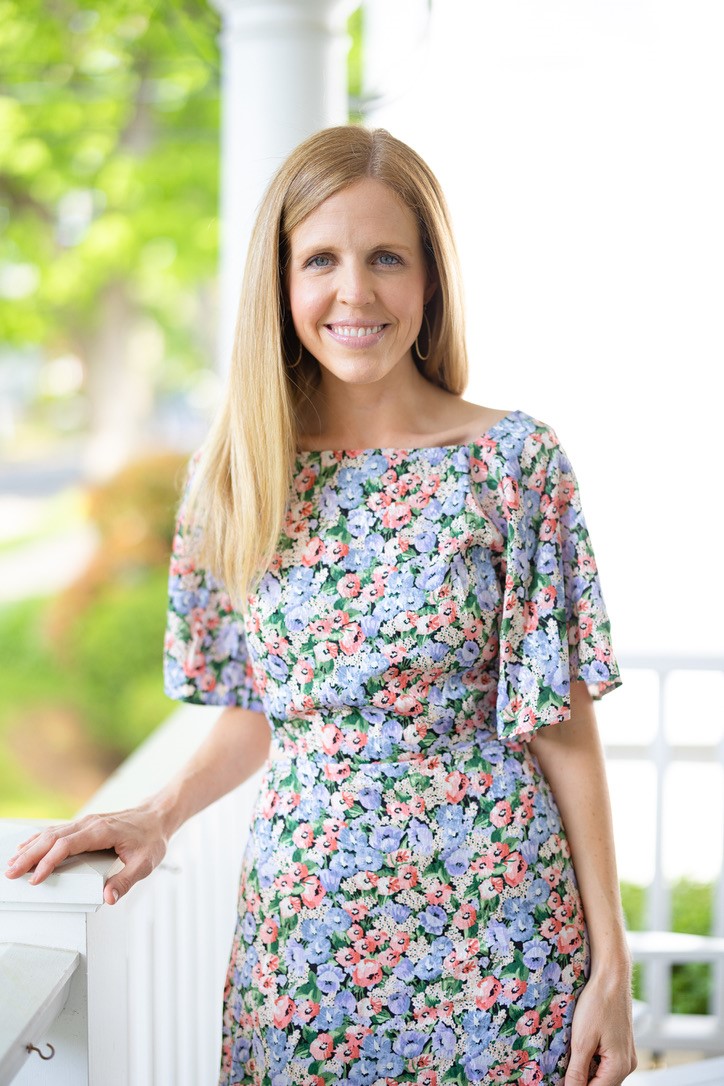Despite the voracious appetites of deer and the continuing loss of meadows and woodland to development, there are still more than 1,000 species of wildflowers growing in the northeastern part of the country.
By Paul Hicks
Despite the voracious appetites of deer and the continuing loss of meadows and woodland to development, there are still more than 1,000 species of wildflowers growing in the northeastern part of the country. Now is a perfect time to get out and about in search of Foam Flowers, Trilliums, and other varieties that can be found in many nearby places.
It is also a good time to be planning or adding to your own wildflower garden as a growing number of garden centers and nurseries have them for sale. The blossoms on the Blood Root, Dutchmen’s Breeches, and other early-blooming varieties may be over, but planting them now would help bring your garden alive next April.
While you are planning ahead, consider becoming a member of the Native Plant Center, which is located on the campus of Westchester Community College (WCC) in Valhalla. It was established in 1998 as the first national affiliate of the Ladybird Johnson Wildflower Center in Austin.
The center maintains two demonstration gardens at WCC and holds a native plant sale there annually in April. The volunteers on duty at the sales describe how the plants grow and the wildlife they attract. For more information, including membership benefits, visit their website, nativeplantcenter.org. Click on “Plant Lists” to find varieties that do well in this area, in shade or in sun.
Less than a half-hour drive from Rye is a wildflower mecca in the making at the New York Botanical Garden. A gift of the Leon Levy Foundation, the brand-new Native Plant Garden opened in early May in a 3.5-acre area that includes a large aquatic section for water plants.
The garden is designed to inspire and teach visitors about native plants, especially those of the Northeast, as they appear throughout the seasons and to illustrate how they can be grown in private gardens. The paths and boardwalks lead past the stream and pool through various settings, from woodland to meadows, glade, and wetlands.
Before you go, it would be helpful to look at the interactive map of the garden found at www.nybg.org/exhibitions/2013/native-plant-garden/. It allows you to identify the types of plants, shrubs, and trees that are found in each section, or will be when they are in season. At the bottom of that site there is also a short video introduction to the garden, as well as a slide show of some highlights.
Right now, the spring-blooming flowers in the woodland section are at their best. If you go through the garden’s main entrance (across from the Children’s Garden), you will find a map as well as descriptive sheets you can take with you to identify some of the highlights of the season. If you are lucky, there will still be many Virginia Blue Bells growing under Redbud and Dogwood trees.
Everywhere you look there is some part of the garden that is emerging or about to come into bloom. It is truly a place to visit in all seasons. If you scroll down the website shown above to the section headed “About the Native Plant Garden,” you will find another video that was filmed last fall while the garden was under construction.
It features flowers and grasses of the dry upland meadow, such as Asters and Cardinal Flowers that will not reappear until this summer. Included in the video is a fascinating description of the garden’s features by Sheila Brady, a principal of the landscape architectural firm that designed the garden.
One of the most pleasant paths we discovered in the garden is the Rosebay Trail that took us past a sea of Foam Flowers into a shady spot with a bench. It was surrounded by Rhododendron bushes that should be blooming in the near future and is a good place to remember when we return in hotter weather, as we are sure to do.
In our local area, one of the best places to find woodland wildflowers is Saxon Woods, especially along the yellow trail shown on the Saxon Woods trail map at the Westchester County website, http://parks.westchestergov.com/saxon-woods-park. For meadow wildflowers, a good place is the west parcel of the Nature Conservancy’s Meyer Preserve. You can download a trail map by Googling Meyer Preserve Westchester. As always, check for ticks after you return from the walk.
Once you are inspired and informed by seeing native plants in the wild, why not grow your own? A good place to explore the options is Native Plant Database (wildflower.org/plants), which allows you to search for plants by entering various characteristics. The “How-To Articles” are also well worth a look, especially “A Guide to Native Plant Gardening.” You will then be ready to go wild and native in your garden.
Photos by Robin Jovanovich















